How to Make Your Investments Last and Grow Using Math

A clear plan backed by simple math can protect savings through market cycles and life changes. You do not need advanced formulas, just a few connected ideas and numbers you can update each year. Math helps weigh tradeoffs, test assumptions, and measure the gap between where you are and where you want to be. Treating decisions as small equations builds steadiness and reduces choices based on mood. The aim is not perfection but a repeatable method that helps your money last, grow, and support the life you want.
Start With Compounding
Compounding turns a small return into a larger result over time. A single year at 6% looks modest, yet ten years nearly doubles an investment. Each year the base grows, and every new dollar begins earning its own return. Regular contributions add fuel, with even small amounts lifting the base for future growth. The lesson is clear: start early, keep adding, and let math quietly build results through consistency.
Think in Real Returns
Prices rise over time, which means part of a nominal return disappears in higher costs. Real return solves that problem by subtracting inflation from your investment result. If a portfolio earns 6% and inflation runs at 3%, the purchasing power gain is close to 3% for that year. Thinking in real terms leads to wiser expectations and calmer reactions to headlines. It also helps you choose between cash, bonds, and stocks based on what actually improves your ability to buy things later. When you compare options, ask what each choice offers after inflation. That single habit prevents many disappointments and keeps your plan centered on real-world outcomes.
This perspective is similar to how experienced players stretch their money in low-deposit gaming. Gambling expert Joe Turner shares tips for playing at ten dollar deposit casino sites, where he recommends prioritizing low-stakes games, timing your sessions wisely, making the most of bonuses and enticing rewards, and planning your bankroll carefully in advance. These strategies give players access to real money games without a large upfront commitment and allow their bankroll to last longer while enjoying more playing time. The same way of thinking applies to investing, since small and well-planned steps open the door to participation without unnecessary risk. By focusing on how much value remains after costs, whether those costs come from inflation or a deposit, you give yourself the chance to grow resources steadily and with purpose.
Raise Your Savings Rate
No variable inside your control moves outcomes faster than the savings rate. Market returns arrive on their own schedule, but contributions arrive on yours. Raising a savings rate from 10% to 12% sounds small, yet the math compounds over decades. Each extra dollar invested today creates returns next year, and those returns create their own returns later. If raises or side income appear, route a piece toward the plan before lifestyle creep absorbs it. You can also automate increases so that the change requires no monthly decision. A steady savings engine buys time for compound growth to work and reduces pressure to chase higher returns.
Cut Fees and Taxes
Expenses and taxes look small on paper, yet they compound against you year after year. A 1% annual fee on a portfolio may remove more money over thirty years than most people expect. Reducing fund costs where possible keeps more return in your account. Tax awareness helps as well. Placing tax-efficient investments in taxable accounts and keeping tax-heavy assets in retirement accounts helps improve overall returns. Harvesting losses within the rules creates additional savings that support compounding. None of these steps requires prediction or perfect timing. They rely on math that favors lower drag, and they keep more of every earned dollar working for your future.
Stay Invested Through Swings
Average return and real experience are different because results arrive with bumps. Volatility lowers the growth gained from a simple average since losses require larger gains to recover. A drop of 20% needs a rise of 25% to get back to even. That is why a durable plan focuses on staying invested through declines rather than jumping in and out. Diversification across investments reduces the size of typical drops during volatile market swings, which improves the geometric return that compounds over time.. Your goal is not the highest average in a single year. Your goal is the most reliable path that keeps you invested through many different years.
Plan Withdrawals that can Last
Retirees face a different version of the growth problem. Money must last while markets rise and fall. A simple guardrail helps. Many planners start around three to 4% of the initial portfolio value as a baseline withdrawal, then adjust for inflation. Flexible rules improve durability even more. If markets fall sharply, trim next year’s withdrawal by a small amount. If markets surge, allow a modest increase and rebuild cash reserves for leaner times. The math is not rigid and it does not require perfect forecasts. It asks for a sustainable starting point and a willingness to adjust when conditions change, which keeps a plan alive through long retirements.
Pick a Mix of Investments You Can Keep
Your mix of stocks, bonds, and cash sets the range of likely outcomes. Math helps you choose a mix that fits your need for growth and your tolerance for declines. Historic ranges offer a starting map, though your life and income matter as well. Once a mix is chosen, rebalancing keeps risk close to the target. When stocks rise far above their weight, you trim and add to other assets. When stocks fall below their weight, you add to them using new contributions or transfers. A simple band around each target weight provides clear instructions. Rebalancing enforces buy low and sell high with a steady, rules-based approach.
Use Simple Scenarios
No one knows the exact path of markets over the next twenty years. You can still plan with math by testing a range of reasonable outcomes. Create an optimistic case, a middle case, and a cautious case using long-term return estimates that you review each year. Check whether contributions, asset mix, and withdrawal plans hold up across these scenarios. If the cautious case shows a shortfall, raise the savings rate or extend the work horizon slightly. If the optimistic case shows a large surplus, you might add charitable gifts or plan a large purchase later. Scenario planning turns uncertainty into a set of actionable adjustments.
Do a Yearly Checkup
A yearly checkup keeps the plan fresh and aligned with your life. Update balances, contributions, and any expected changes in income. Compare your current results with the scenarios you set last year and note any drift. Review fees and taxes to confirm that account placement still makes sense and that new funds remain cost-effective. Revisit the asset mix to see whether rebalancing is due and whether your tolerance for risk has changed. Confirm that withdrawals, if any, remain inside your chosen guardrails. Write a short summary with the numbers that matter and the actions you will take this year. This routine sustains progress without drama.
Conclusion
Math turns investing from a guessing game into a steady practice. You can measure compounding, adjust for inflation, control savings, cut drag, and balance risk in ways that remain clear during unsettled times. You can set withdrawals that protect longevity, and you can design rebalancing rules that keep risk in line. You can test scenarios each year and let the results guide small course changes. None of this requires advanced training or daily trades. It requires commitment to a process grounded in numbers that reflect your goals and constraints. With a simple framework and consistent follow-through, your investments can last and grow across many chapters of your life.
Frequently Asked Questions
How do you add and subtract mixed fractions?
To add or subtract mixed fractions, you first need to convert each mixed fraction into an improper fraction. This involves multiplying the whole number by the denominator of the fraction part and then adding the numerator to this product. The resulting value becomes the new numerator, while the denominator remains unchanged. Once all mixed fractions are converted, you can add or subtract the fractions by ensuring they have a common denominator. Simplify the final fraction if possible to make it easier to understand, much like simplifying financial decisions to ensure steady growth of investments as discussed in the post about making investments last using math.
For more detailed steps and examples on how to handle fractions, you can explore this guide on how to add and subtract fractions.
What is a quantitative formula?
A quantitative formula is a mathematical equation used to calculate specific values, often used in financial contexts such as investment growth or savings accumulation. For instance, the formula for compound interest, \( A = P(1 + r/n)^{nt} \), where \( A \) is the amount of money accumulated after n years, including interest, \( P \) is the principal amount, \( r \) is the annual interest rate, \( n \) is the number of times that interest is compounded per year, and \( t \) is the time the money is invested for. This formula can help you understand how your investments grow over time, which is crucial for making informed financial decisions and planning for future needs. Understanding and applying such quantitative formulas allows you to predict and enhance the growth of your investments effectively.
What is a growing pattern?
A growing pattern in mathematics refers to a sequence where each term increases by a constant amount or by a constant multiplier. In the context of investments, as highlighted in the post about making your investments last and grow, this concept is seen in the power of compounding interest. Compounding can transform modest annual returns into significant growth over time by reinvesting the earnings along with the principal. It’s important to start investing early and consistently contribute, as even small additions can significantly enhance the growing pattern of your investment over the years, leveraging the magic of compounding to secure a financially stable future.
Related to This Article
More math articles
- The 8 Best Webcams for Online Teachers
- How to Analyze and Understand Rational Functions: A Comprehensive Guide
- How to Master Polar Coordinates: A Comprehensive Guide to Calculating Rate of Change in Polar Functions
- 8th Grade NYSE Math Practice Test Questions
- How to Overcome GED Math Anxiety?
- FREE 7th Grade OST Math Practice Test
- Top 10 7th Grade MAP Math Practice Questions
- What Does the CBEST Test Qualify You For?
- 4th Grade M-STEP Math Worksheets: FREE & Printable
- How to Find the Center and the Radius of Circles? (+FREE Worksheet!)
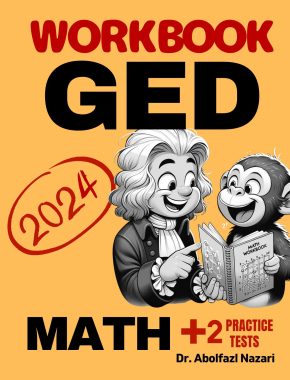


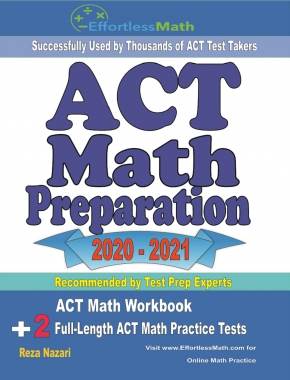

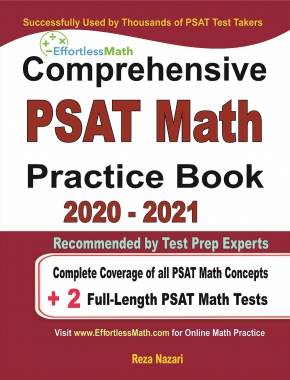
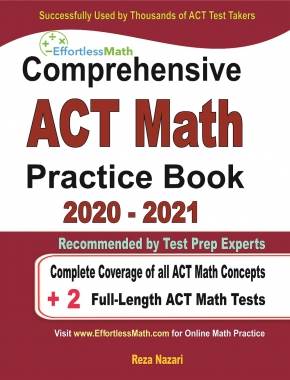
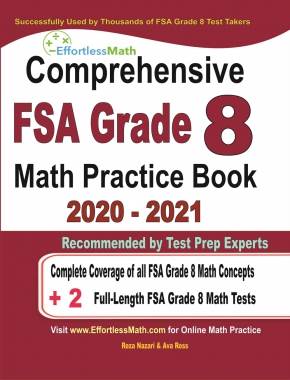

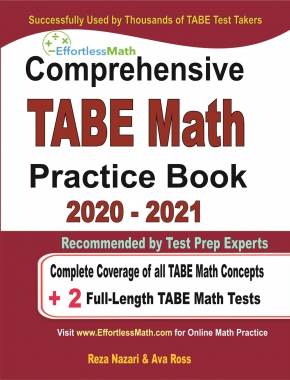

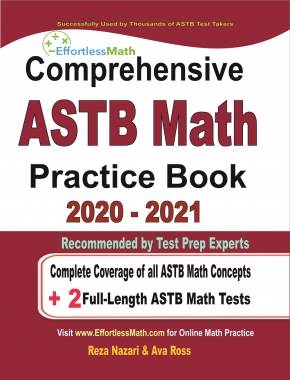
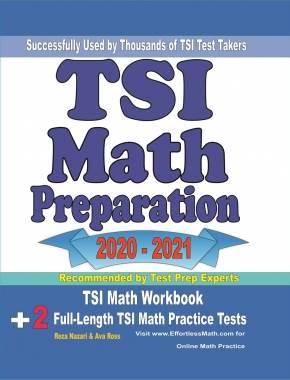
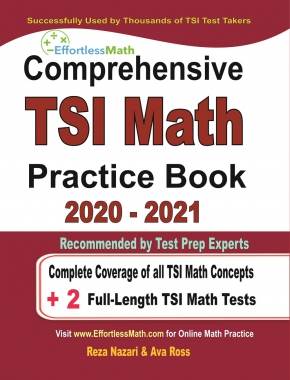

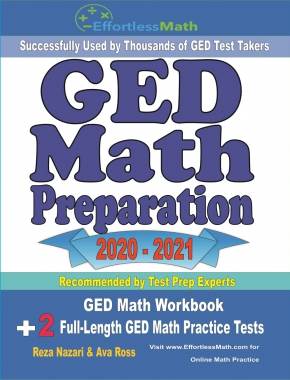
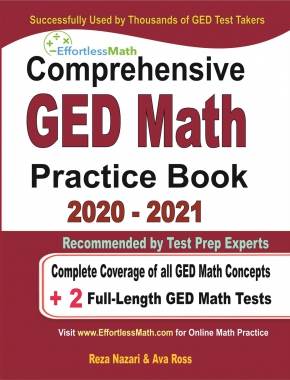









What people say about "How to Make Your Investments Last and Grow Using Math - Effortless Math: We Help Students Learn to LOVE Mathematics"?
No one replied yet.